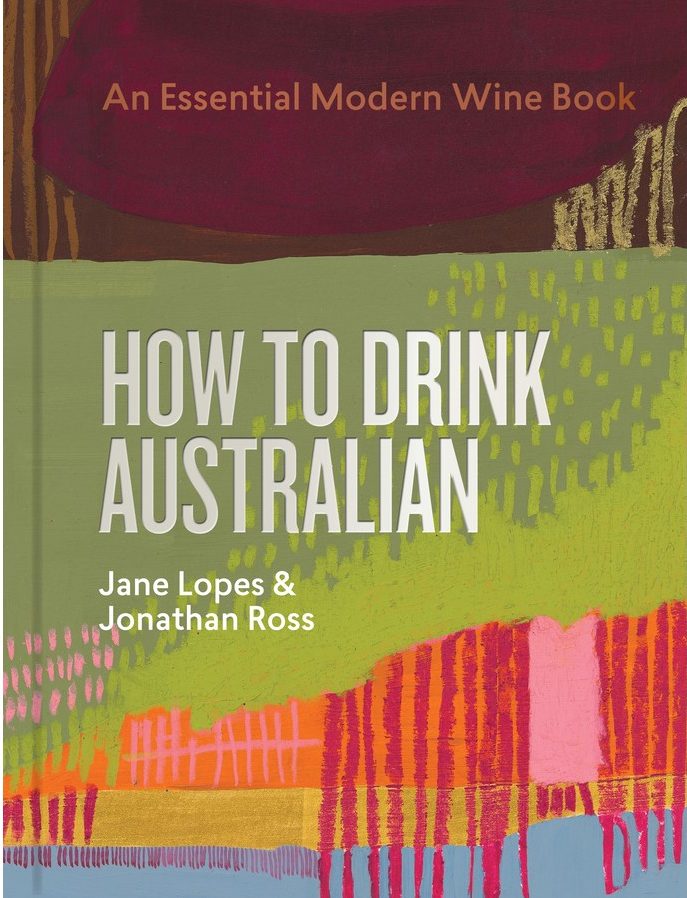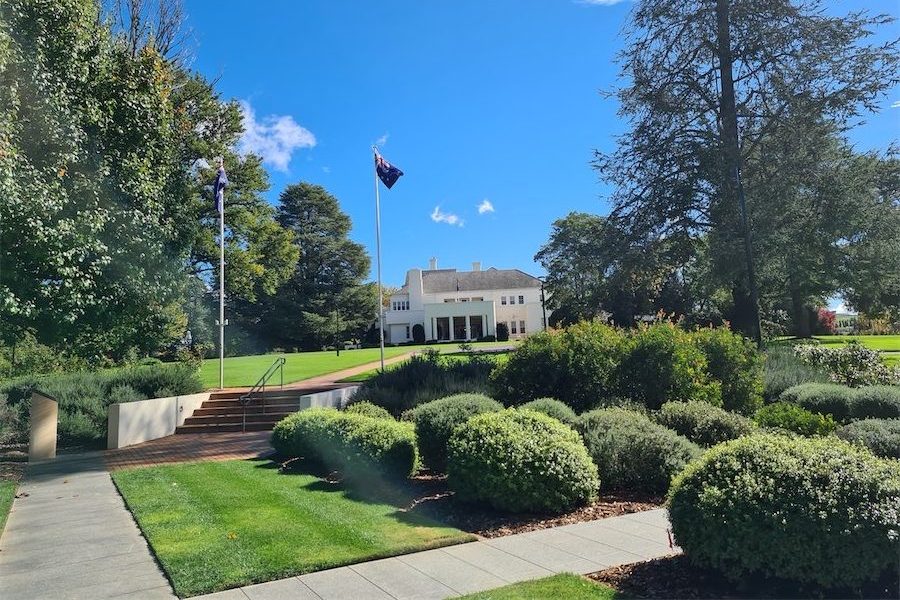
Wine columnist RICHARD CALVER reviews a book he finds to be a “useful addition to knowledge of Australian wine”.
I WANDERED into the Book Cow in Kingston and saw that a new Australian wine book was selling for $79.99: “How to Drink Australian” by Jane Lopes and Jonathan Ross.
 This book is a worthy successor to James Halliday’s “Wine Atlas of Australia”. I have the 2014 edition of this Halliday book, which I believe is the last edition published, and was then and remain impressed with the analysis of every wine region in Australia, especially as there are more than 70.
This book is a worthy successor to James Halliday’s “Wine Atlas of Australia”. I have the 2014 edition of this Halliday book, which I believe is the last edition published, and was then and remain impressed with the analysis of every wine region in Australia, especially as there are more than 70.
Halliday covered the types of grapes grown, the soil, the climate, the winegrowing history, as well as introducing wineries, winemakers and their signature wines.
This new book follows a similar format, with the book divided into six sections, state by state with the Canberra District included in the NSW section. Each regional chapter and state introduction has information on First Nations history and the authors are clear in their view that “Australia has a long way to go to facilitate a justice-oriented future for its indigenous communities.”
This position is given emphasis throughout the book. The links between Aboriginal land and the land on which grapes are grown and wine produced are explored in each chapter.
The book is enhanced by having a detailed map created by cartographer Martin von Wyss for each regional area. The maps locate vineyards and producers, although they are not definitive with, for example, omissions of Four Winds, Dionysus and Sapling Yard from the map encompassing the Canberra District.
The main authors are expatriate sommeliers who live in the US where they run a wine-importing business focusing on Australian wine. Their aim in writing the book is to demonstrate, as well expressed in the short conclusion, that “Australia is a widely diverse and high-quality wine-growing nation, worthy of every bit of scholarship, regional distinction and premium price points bestowed upon the great wine regions of the world.” That aim is achieved with the bonus that the writing is accessible and absent any obfuscating jargon.
The focus on the Canberra District is interesting with a number of comments from Tim Kirk, of Clonakilla, and Ken Helm, of Helm Wines, framing the discussion, particularly of the regional identity for fine wines and the impediments to further growth.
This latter topic is intriguing, with an exploration of hindrance to growth. The two main factors that constrain the further growth of southern NSW and Canberra District wine production are the high cost of land and access to water.
Water shortages are expressed to be linked to climate change and there is the mention of “research” that shows a means to solve the district’s water problems.
The authors say that the main focus of this research is “a pipeline that brings the city of Canberra’s grey water 30 kilometres north to Murrumbateman”. I couldn’t find any details of this research (Google!) but I found that in May 2021 there was the completion of a 17.9-kilometre water pipeline in Murrumbateman and Yass, costing $14.3 million (from what source was omitted from the piece). The issue of water remains contentious and the discussion in the book is obviously stimulating.
Detailed comments about producers are accompanied by profile labels with Brian Martin, of Ravensworth, for example, being given a sticker for being a member of the “new guard” who have parted from traditional norms; a regional stalwart whose wines have helped define the region and as having a cult following. I’m not sure that these labels are necessary or helpful but considered against the overall depth of the book’s content that seems to be carping.
The book is a useful addition to knowledge of Australian wine and I recommend it as a helpful resource.
What do you get when you cross Google with a pig? Spam.
Who can be trusted?
In a world of spin and confusion, there’s never been a more important time to support independent journalism in Canberra.
If you trust our work online and want to enforce the power of independent voices, I invite you to make a small contribution.
Every dollar of support is invested back into our journalism to help keep citynews.com.au strong and free.
Thank you,
Ian Meikle, editor




Leave a Reply